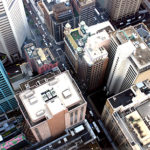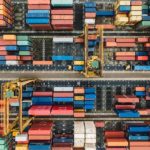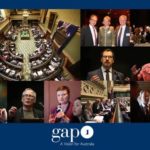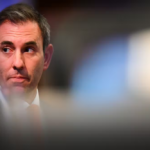Helping wildlife bounce back on Kangaroo Island
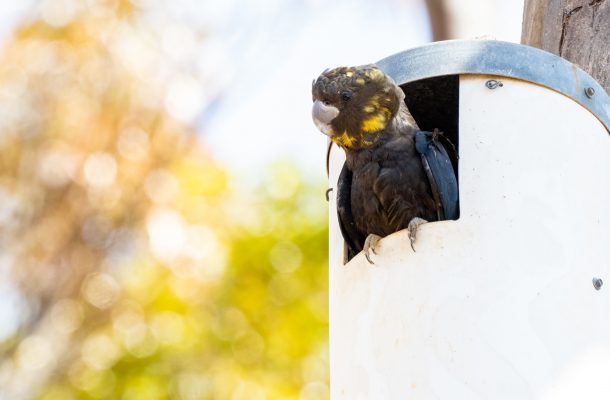
A national wildlife recovery workshop has identified post-bushfire strategies for the Kangaroo Island dunnart, glossy black cockatoo and other endangered species.
The three-day gathering was attended by some of Australia’s leading threatened species ecologists, experts from the island, conservation groups, members of the local community and representatives of the Australian and South Australian governments.
The Department for Environment and Water (DEW), the Threatened Species Recovery Hub of the National Environmental Science Program (NESP) and the Commonwealth Department of Agriculture, Water and Environment hosted the workshop to develop plans for the recovery of the island’s threatened wildlife in response to the recent bushfires. It was also attended by the chair of South Australia’s Wildlife and Habitat Recovery Taskforce, Dr Felicity-ann Lewis.
“Key threats and recovery actions were collectively identified for those species most affected by the fires, including the KI Dunnart, KI Glossy Black Cockatoo, Green Carpenter bee and KI Echidna,” DEW Principal Ecologist Dan Rogers said.
Priority strategic actions identified included monitoring programs to assess the current status of species post the fire, as well as vegetation protection and restoration and the control of cats and feral pigs.
“Importantly, the aim was to develop strategies that will provide benefit both to those species that we already know to be threatened, and the broader range of species and ecosystems that have been affected by fire,” Dr Rogers said.
“By bringing together many of the key experts, managers and other stakeholders so soon after the fires, we can now develop and apply a strategy for wildlife recovery that is truly collaborative, and is informed by the best local and national expertise. Strengthening and identifying new public and private partnerships is critical to maximise on-ground recovery across the landscape.”
Many scientists from the National Environmental Science Program (NESP) attended to contribute their technical expertise on the island’s threatened species and ecological recovery after fire.
“We have been working with local partners on Kangaroo Island for five years now, supporting them with the science and tools they need to effectively manage threatened species including the KI Dunnart,” said Professor Brendan Wintle, the Director of the NESP Threatened Species Recovery Hub.
“The scale and intensity of the fires on Kangaroo Island has, sadly, pushed back years of dedicated conservation efforts for species such as the KI Glossy Black Cockatoo, (which lost 80 per cent of its feeding habitat in the fires). We are here to continue helping Kangaroo Island conservation managers with this massive new challenge they face.
“As recovery actions roll out, monitoring will be important to track the recovery of populations, measure the effectiveness of conservation actions and alert managers when populations are in trouble and in need of more urgent attention.”
Participants identified the need to undertake field surveys in order to better understand the impact of fire on species and the recovery process of habitat and species as it happens. The results will provide valuable evidence to help guide management priorities, such as where to target feral animal control efforts.
Threatened Species Commissioner Dr Sally Box attended the workshop and said it was heartening to see the work that was already taking place. This includes a 35 hectare cat-free fenced area built by Land for Wildlife KI and Australian Wildlife Conservancy on unburnt private land to protect surviving dunnarts.
“The fires have had a significant impact on the island, including already-threatened native species, such as the Kangaroo Island dunnart and Kangaroo Island glossy black cockatoo, but there is hope.
“The workshop was a valuable opportunity for partners to come together and work out how to best support the long-term recovery of the remarkable native wildlife that call Kangaroo Island home,” Dr Box said.
Dr Lewis said it was rewarding to see such a diverse range of people with different interests and specialties applying their knowledge to the unique challenges facing wildlife recovery efforts on Kangaroo Island.
“It was also valuable to be part of a highly strategic process that takes into account all perspectives before reaching conclusions and proposed actions,” she said.
“The work produced by the workshop will be used by the taskforce to focus its work in the areas of most need.”
Open Forum is a policy discussion website produced by Global Access Partners – Australia’s Institute for Active Policy. We welcome contributions and invite you to submit a blog to the editor and follow us on Twitter, Facebook, Linkedin and Mastadon.







